India is the largest agricultural producer in the world, with a vast and diverse farming sector that supports millions of livelihoods. However, Indian agriculture also faces many challenges that affect its productivity, profitability, and sustainability. This article will discuss these problems in detail and suggest some possible solutions to overcome them. Indian agriculture, dating back to the Indus Valley Civilization, has been a vital economic force for centuries, contributing to food security, employment, and export earnings.
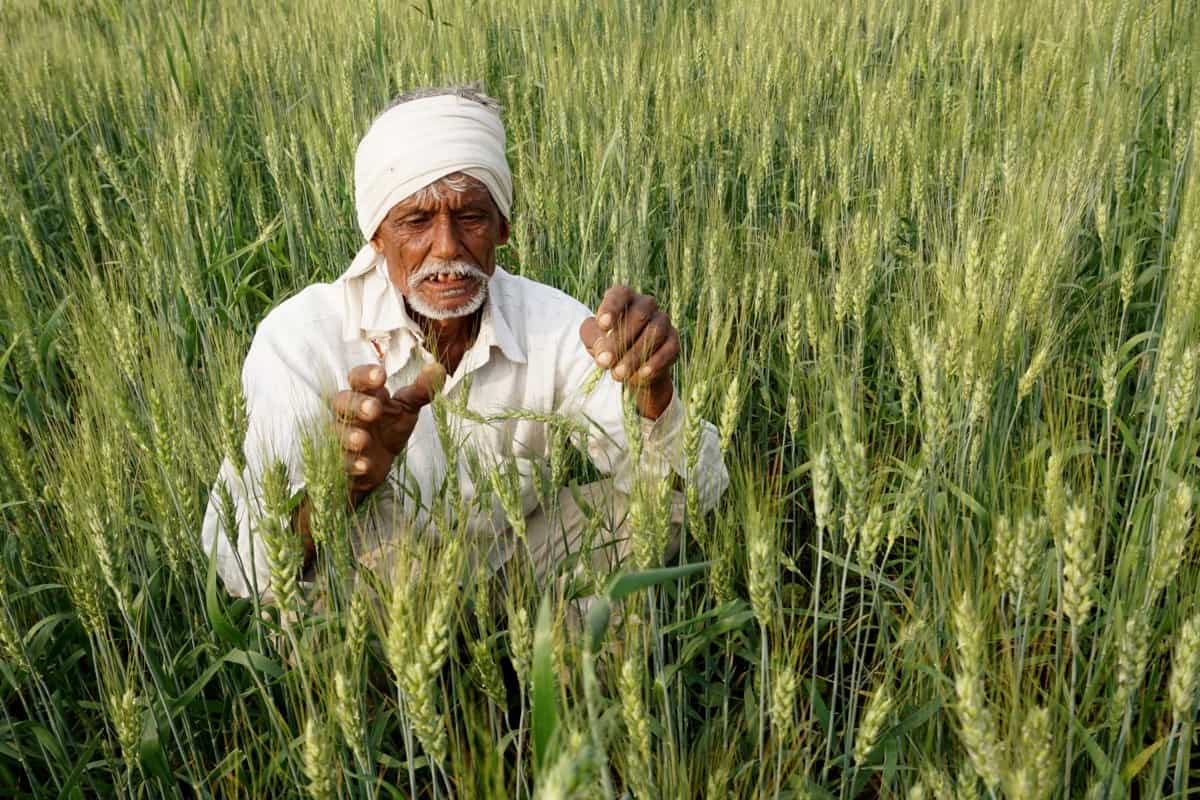
Indian agriculture has undergone several changes over time, from the introduction of new crops and techniques by foreign invaders to the Green Revolution that boosted crop yields and food production. However, Indian agriculture also faced many challenges during its evolution, such as famines, colonial exploitation, land reforms, population growth, environmental degradation, and globalization.
Main Problems Often Faced by Indian Farmers
Water Supply Challenges: India needs more water for farming despite sufficient resources. Farmers often need a more timely and adequate water supply, relying on rainwater, leading to irrigation issues.
Limited Adoption of Modern Farming Equipment: Widespread use of traditional tools persists in Indian agriculture. Farmers, constrained by small land holdings, show reluctance to embrace modern machinery and equipment, hindering efficiency.
Overreliance on Traditional Crops: India’s focus on rice and wheat, while historic, poses challenges. Excessive production results in storage and market issues, highlighting the need for a comprehensive national agricultural strategy.
Inadequate Storage Facilities: Rural areas need proper storage, forcing farmers to sell their produce immediately at low market prices. This limits their income and exposes them to financial vulnerabilities.
Transportation Woes: The agriculture sector faces transportation challenges with inefficient means. Small farmers resort to primitive methods, and poor road connectivity hampers reaching central markets, impacting profits.
High-Interest Rates and Debt Crisis: Farmers grapple with high-interest rates, contributing to debt-related distress and suicides. Urgent government intervention is essential to regulate interest rates and simplify credit procedures for small farmers.
In case you missed it: Best Fertilizer for Indian Gooseberry/Amla: Organic, Homemade, NPK Ratio, When and How to Apply
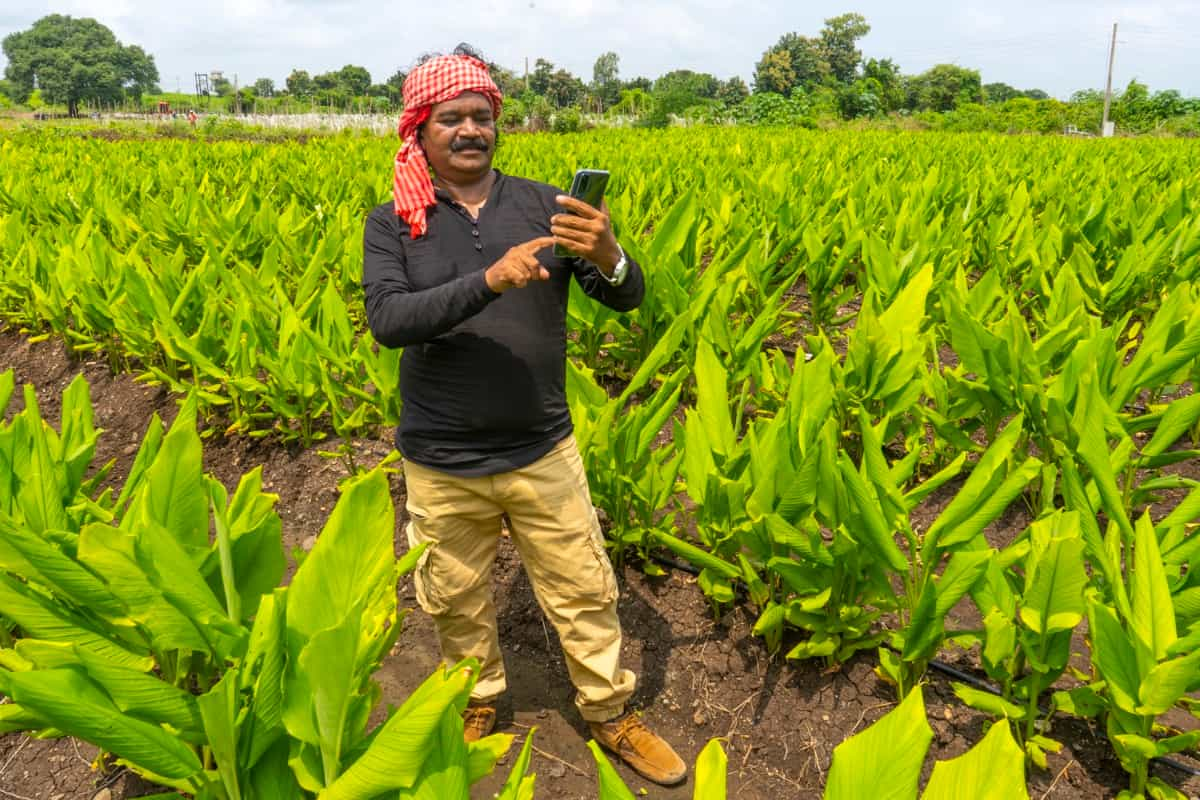
Limited Reach of Government Schemes: Despite government initiatives, schemes like debt relief need help to reach small farmers. The disparity in benefiting wealthy landlords over poorer farmers underscores the need for more inclusive implementation.
Agricultural Infrastructure Challenges in India
One of the challenges faced by Indian agriculture is the lack of adequate infrastructure facilities such as irrigation, storage, transportation, processing, and marketing. According to the Ministry of Agriculture, only about 48% of the total cropped area in India is currently under irrigation. This means that most farmers depend on rainfall for their crops, which is often erratic and insufficient.
Moreover, many irrigation systems need to be updated and more efficient, leading to water loss and wastage. The lack of proper storage facilities in post-harvest losses of crops due to spoilage, rodents, insects, and theft. The transportation network needs to be improved and better maintained, causing delays and damage to agricultural produce. The processing sector needs to be more developed and cohesive, limiting the value addition and quality improvement of agricultural products.
The marketing system could be more efficient and exploitative, with multiple intermediaries who take away a large share of the farmers’ income. India can improve agricultural infrastructure by promoting water-efficient micro-irrigation systems, constructing large-scale irrigation projects and water storage facilities, developing cold storage chains and warehouses, improving road connectivity and transportation facilities, encouraging agro-processing industries, and reforming the marketing system.
These solutions aim to increase crop yields, maintain the quality and quantity of agricultural produce, reduce transportation costs, enhance the competitiveness of agricultural products, and create direct linkages between farmers and consumers.
Financial Struggles of Indian Farmers
Agriculture is the backbone of the Indian economy, providing livelihood to nearly 60% of the population and contributing about 18% of the GDP. However, the sector is facing various challenges that affect its productivity, profitability, and sustainability. In this article, we will discuss some of the major problems of Indian agriculture and the problems faced by Indian farmers.
One of the most common problems faced by Indian farmers is the lack of adequate income from their agricultural activities. Due to small and fragmented land holdings, high input costs, low output prices, and market fluctuations, farmers often need help to make ends meet.
According to a report by NABARD, the average monthly income from agricultural households in India was Rs. 8,931 in 2016-17, which was barely enough to cover their consumption expenditure. Moreover, many farmers are trapped in a cycle of debt, as they have to borrow money from informal sources at high-interest rates to finance their farming operations. This makes them vulnerable to financial distress and distress sales.
Impact of Climate Change on Indian Agriculture
Another major problem faced by Indian agriculture is the impact of climate change on crop production and natural resources. Climate change is expected to cause changes in rainfall patterns, temperature regimes, water availability, pest and disease incidence, and soil quality. These factors can adversely affect crop yields, crop quality, and crop diversity.
In case you missed it: Mulching Cost Per Acre: Exploring Cost-Effective Solutions for India
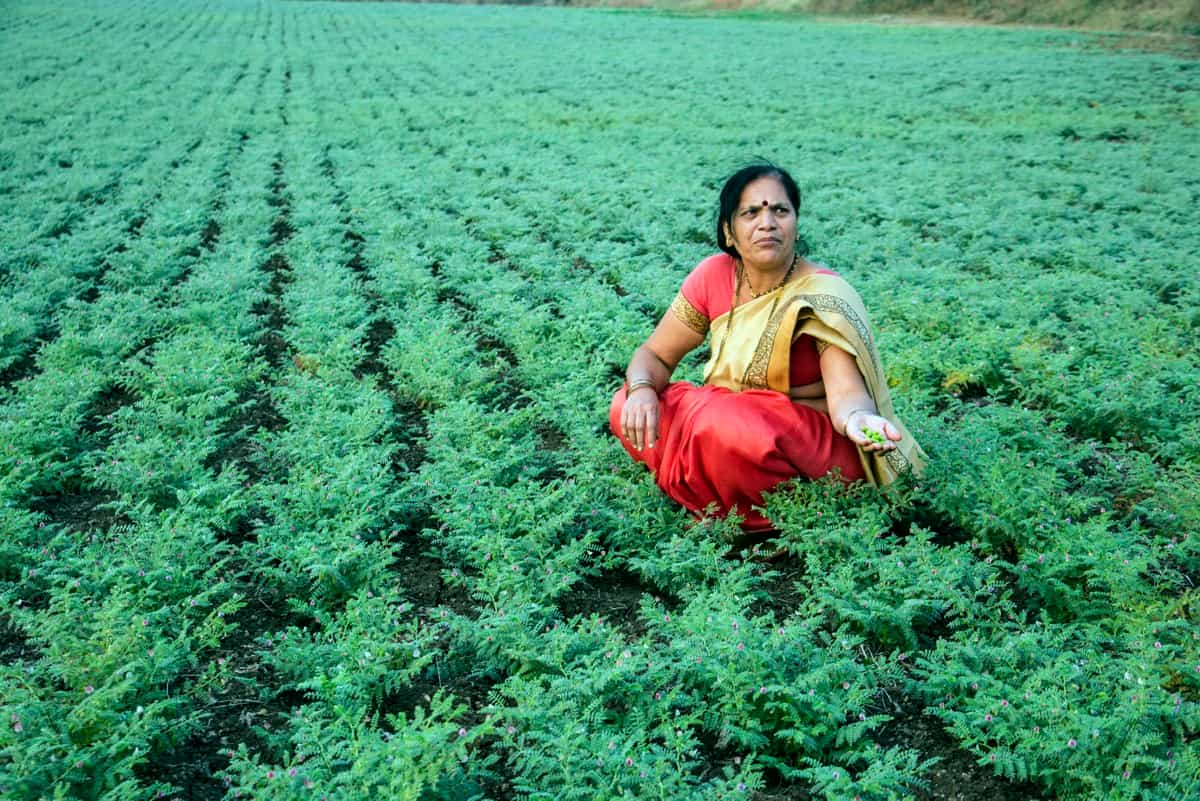
According to a study by ICAR, climate change could reduce India’s agricultural output by 10-40% by 2100, depending on the crop and region. Moreover, climate change increases the frequency and intensity of extreme weather like droughts, floods, cyclones, and heat waves, which can cause crop losses and damage infrastructure.
Water Scarcity Issues in Farming Practices
Water is a vital input for agriculture, as it is required for irrigation, crop growth, livestock rearing, and processing. However, India is facing a severe water crisis, as the demand for water exceeds the supply. According to NITI Aayog, India is suffering from the water crisis, with 600 million people facing high to extreme water stress.
The report also warns that 21 major cities will run out of groundwater by 2020. The main causes of water scarcity are population growth, urbanization, industrialization, pollution, overexploitation of groundwater, and inefficient water management. Water scarcity affects agriculture in several ways: it reduces crop yields, increases production costs, lowers farm incomes, and increases vulnerability to droughts.
Pesticide Misuse and Environmental Concerns
Pesticides are chemicals that are used to control pests and diseases that affect crops and livestock. They are essential for protecting crops from yield losses and ensuring food security. However, pesticides can also pose serious environmental and health risks if they are misused or overused.
Some of the problems associated with pesticide misuse are pesticide resistance, pest resurgence, pesticide residues in food products, soil contamination, water pollution, biodiversity loss, human health hazards, and animal welfare issues. Pesticide misuse is mainly due to a lack of awareness among farmers about usage of pesticides, lack of regulation and monitoring of pesticide quality and quantity, lack of alternative pest management practices, and lack of access to safe disposal facilities.
Land Fragmentation and Its Effects on Farming
Land fragmentation refers to the division of land into smaller plots due to inheritance laws or land reforms. Land fragmentation is a common feature of Indian agriculture, as most farmers own small plots of land that are scattered across different locations. According to the 10th Agricultural Census in 2015-16, the average size of an operational land holding in India was 1.08 hectares, and about 86% of the holdings were marginal or small (less than 2 hectares).
Land fragmentation affects farming in several ways: it reduces economies of scale, it hampers mechanization, it increases transaction costs, it reduces soil fertility, it limits crop diversification, and it reduces bargaining power.
Lack of Modern Technology Adoption
Enhancing agricultural production, efficiency, and profitability requires the use of technology. Farmers may boost crop yields, lower input costs, enhance quality, and reach markets with the use of modern technologies, including precision agriculture, mechanization, biotechnology, fertilizers, pesticides, seeds, and irrigation systems.
However, several factors, including the high cost of technology, the absence of financing and insurance, a lack of awareness and training, a lack of infrastructure and extension services, a lack of research and development, and sociocultural barriers, prevent many Indian farmers from having access to or adopting modern technologies.
Market Access and Price Fluctuations
Market access and price stability are crucial for ensuring remunerative returns to farmers and incentivizing them to invest in agriculture. However, Indian farmers face several challenges in accessing markets and getting fair prices for their produce.
Some of the challenges are lack of market infrastructure and facilities, lack of market information and transparency, lack of quality standards and grading systems, lack of storage and processing facilities, lack of transportation and logistics facilities, lack of direct marketing channels and value addition, and role of middlemen and traders who exploit farmers. These challenges result in high post-harvest losses, low farm gate prices, high price volatility, and low-value addition.
In case you missed it: How this Farmer Earning 30 Lakhs from Papaya Cultivation in 6 Acres: An Indian Farmer Success Story
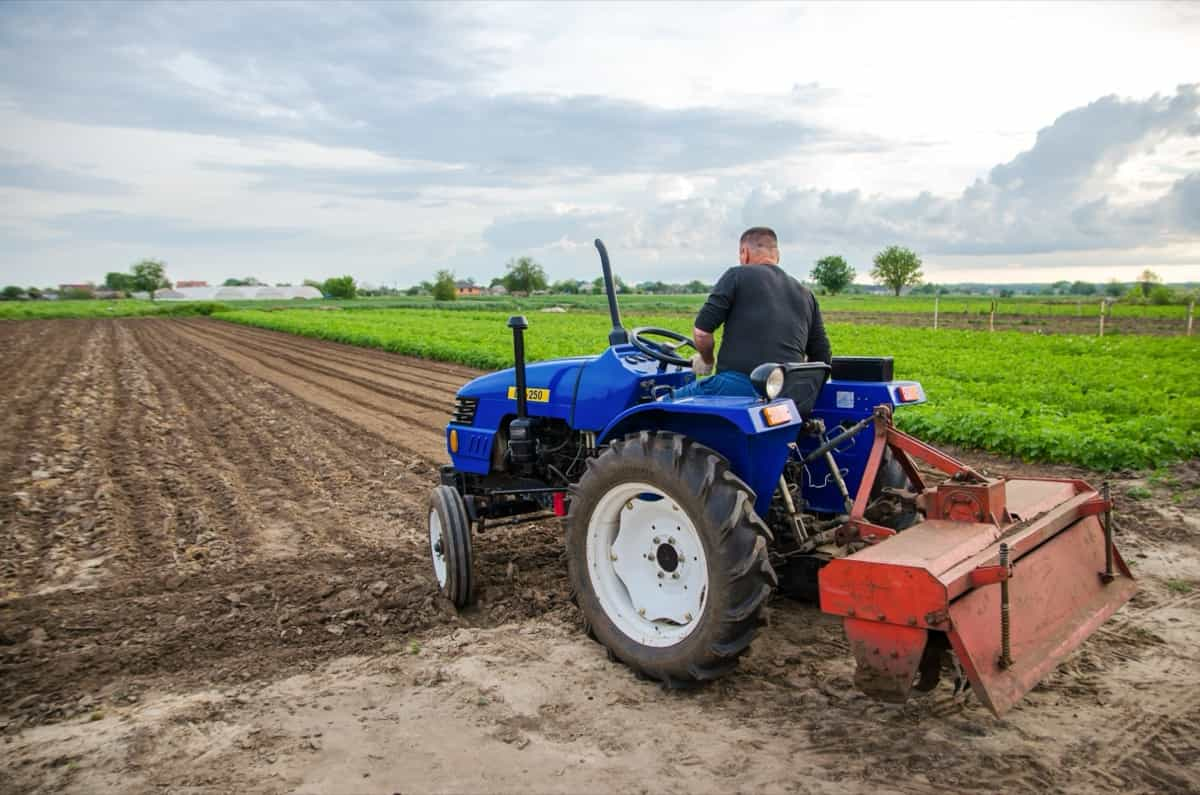
Government Policies and Agricultural Reforms
Government policies and agricultural reforms play a vital role in shaping the agricultural sector and addressing its problems. The government has taken various initiatives to support agriculture, such as:
- Providing subsidies on inputs.
- Providing minimum support prices for crops.
- Providing crop insurance schemes.
- Providing loan waivers.
- Providing farm income support schemes.
- Implementing land reforms.
- Implementing irrigation projects.
- Implementing watershed development projects.
- Implementing soil health card schemes.
- Implementing organic farming schemes.
- Implementing agroforestry schemes.
- Implementing agricultural export policies.
- Implementing contract farming policies.
However, these policies and reforms have also faced some issues, such as inadequate budget allocation, poor implementation, leakages and corruption, distortion of markets, environmental degradation, social inequity, political interference, and farmer protests.
Socio-Economic Challenges Faced by Indian Farmers
Apart from the technical and institutional challenges, Indian farmers also face various socio-economic challenges that affect their livelihoods and well-being. Some of the socio-economic challenges are poverty and indebtedness, illiteracy and lack of education, malnutrition and health problems, gender inequality and discrimination, caste-based discrimination and violence, migration and displacement, farmer suicides, and distress migration. These challenges are interrelated and have a negative impact on the quality of life of farmers and their families.
Possible Solutions for Problems of Indian Agriculture and Problems Faced by Indian Farmers
Financial Struggles of Indian Farmers
Farmers are struggling with debt, poverty, and distress due to low crop prices, high input costs, and lack of access to credit, insurance, and social security. To address this, formal channels should provide affordable credit, improve crop insurance coverage, increase minimum support prices, and ensure effective crop procurement by the government or other agencies. Expanding social security schemes like pensions, health insurance, and income support is also crucial.
Impact of Climate Change on Indian Agriculture
Climate change poses a significant threat to Indian agriculture, affecting water availability, soil quality, biodiversity, rainfall patterns, pests, and diseases. To address this, adopt climate-resilient crop varieties, implement water-efficient irrigation techniques, introduce early warning systems for weather forecasting, and promote agroforestry, organic farming, and conservation agriculture to enhance soil health, carbon sequestration, and biodiversity.
Pesticide Misuse and Environmental Concerns
The excessive use of pesticides in Indian agriculture has caused environmental issues like soil contamination, water pollution, biodiversity loss, and human health risks. To address these issues, integrated pest management practices (IPM) are being promoted, with farmers educated on proper pesticide use, regulation of pesticide quality, and certification. Organic farming and certification are also being encouraged to reduce pesticide dependence and increase consumer demand.
Diversification of Crops
Encourage farmers to cultivate a variety of crops such as Apple, Pineapple, Papaya, Banana, Coconut, Ginger, and Turmeric for improved yields and profitability.
Agricultural Modernization
- Promote youth involvement in farming with basic education and technological awareness.
- Introduce modern technology and equipment to enhance efficiency, productivity, and quality.
- Utilize agriculture apps to facilitate learning and quick adaptation of innovative practices.
Focus on Farmers’ Education: Prioritize education for farmers on crucial aspects like crop rotation. Bridge the urban-rural education gap to ensure awareness of government schemes and benefits.
Efficient Crop Insurance: Emphasize the importance of crop insurance with a focus on prompt claims settlement. Implement transparent index-based insurance to treat policyholders equally within defined geographical areas, ensuring quick payouts.
Improved Water Management: Coordinate interstate efforts for efficient water management. Connect rivers and establish national waterways/channels to ensure optimal water distribution, addressing water supply challenges and enhancing irrigation facilities, especially in case of monsoon failures.
In case you missed it: Citrus Farming in India: Citrus Fruit Cultivation Cost, Profit, and Production by State
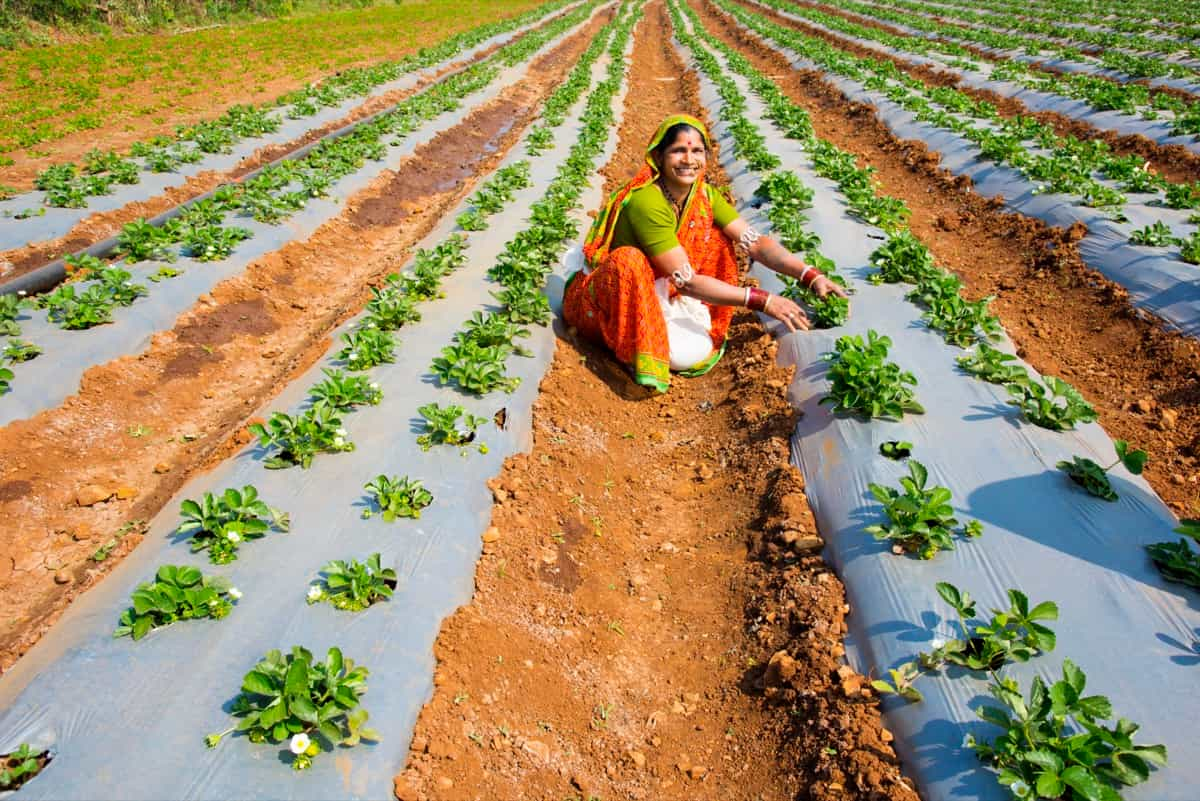
Price Stabilization Measures: Government intervention to stabilize prices and ensure fair compensation for farmers. Establishment of storage facilities for surplus crops. Implementation of minimum support prices to safeguard farmers’ income.
Development of Irrigation Infrastructure: Investment in irrigation infrastructure to reduce reliance on monsoons. Construction of local irrigation systems for consistent water supply.
Agricultural Extension Services: Education of farmers on modern agricultural practices and technologies. Establishment of Agricultural Science Centers, like Krishi Vigyan Kendra, for knowledge dissemination in rural areas.
Accessible Agricultural Implements: Promotion of quality agricultural tools and machinery. Ensuring easy accessibility to farmers, even in remote areas, to enhance productivity.
Simplified Loan Procedures: Streamlining loan application processes for farmers. Providing financial assistance and government-backed schemes to ease the financial burden on economically disadvantaged farmers.
In case you missed it: Kinnow Farming: Kinnow Cultivation Cost, Profit, and Production by State in India
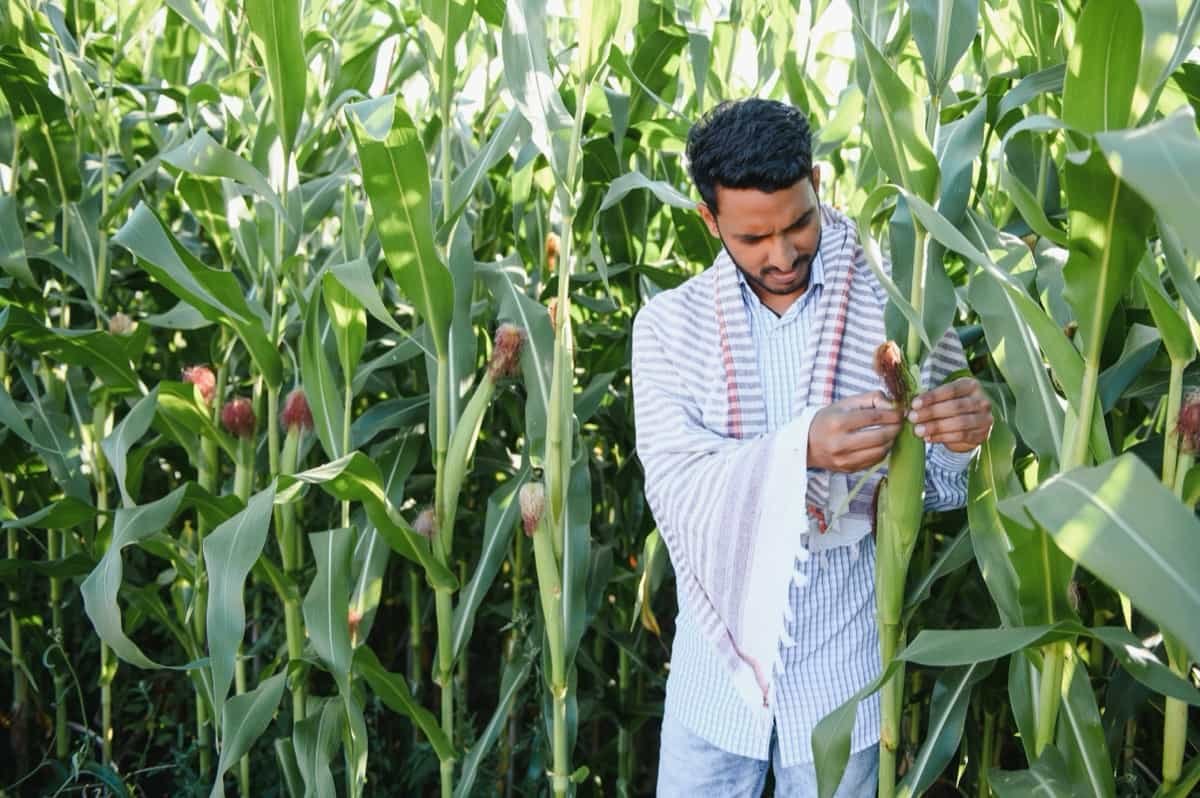
Conclusion
Indian agriculture is facing a multitude of problems that need urgent attention and action. The problems are complex and interlinked, requiring a holistic and integrated approach. The government, the private sector, the civil society, the research institutions, the media, and the farmers themselves have to work together to find sustainable solutions that can address the problems of Indian agriculture and the problems faced by Indian farmers.
- Types of Pesticides Used in Agriculture: A Beginner’s Guide
- Economical Aquaculture: A Guide to Low-Budget Fish Farming
- 15 Common Planting Errors That Can Doom Your Fruit Trees
- How to Make Houseplants Bushy: Effective Tips and Ideas
- Innovative Strategies for Boosting Coconut Pollination and Yield
- Pollination Strategies for Maximum Pumpkin Yield
- The Complete Guide to Chicken Fattening: Strategies for Maximum Growth
- Natural Solutions for Tulip Problems: 100% Effective Remedies for Leaf and Bulb-Related Issues
- Revolutionizing Citrus Preservation: Towards a Healthier, Greener Future
- Natural Solutions for Peony Leaf and Flower Problems: 100% Effective Remedies
- Maximizing Profits with Avocado Contract Farming in India: A Comprehensive Guide
- Natural Solutions for Hydrangea Problems: 100% Effective Remedies for Leaf and Flowers
- The Ultimate Guide to Choosing the Perfect Foliage Friend: Bringing Life Indoors
- From Sunlight to Sustainability: 15 Ways to Use Solar Technology in Agriculture
- The Ultimate Guide to Dong Tao Chicken: Exploring from History to Raising
- The Eco-Friendly Makeover: How to Convert Your Unused Swimming Pool into a Fish Pond
- Mastering the Art of Delaware Chicken Farming: Essentials for Healthy Backyard Flocks
- 20 Best Homemade Fertilizers for Money Plant: DIY Recipes and Application Methods
- How to Craft a Comprehensive Free-Range Chicken Farming Business Plan
- Brighten Your Flock: Raising Easter Egger Chickens for Beauty and Bounty
- How to Optimize Your Poultry Egg Farm Business Plan with These Strategies
- Subsidy for Spirulina Cultivation: How Indian Government Schemes Encouraging Spirulina Farmers
- Ultimate Guide to Raising Dominique Chickens: Breeding, Feeding, Egg-Production, and Care
- Mastering the Art of Raising Jersey Giant Chickens: Care, Feeding, and More
- Ultimate Guide to Raising Legbar Chickens: Breeding, Farming Practices, Diet, Egg-Production
- How to Raise Welsummer Chickens: A Comprehensive Guide for Beginners
- How to Protect Indoor Plants in Winter: A Comprehensive Guide
- Ultimate Guide to Grow Bag Gardening: Tips, Tricks, and Planting Ideas for Urban Gardeners
- Guide to Lotus Cultivation: How to Propagate, Plant, Grow, Care, Cost, and Profit
- Agriculture Drone Subsidy Scheme: Government Kisan Subsidy, License, and How to Apply Online
- Ultimate Guide to Raising Araucana Chickens: Breed Profile, Farming Economics, Diet, and Care
- Bringing Hydroponics to Classroom: Importance, Benefits of Learning for School Students
- Ultimate Guide to Raising Polish Chickens: Breed Profile, Farming Economics, Diet, and Care
- Ultimate Guide to Raising Australorp Chickens: Profile, Farming Economics, Egg Production, Diet, and Care
- Silkie Chicken Farming: Raising Practices, Varieties, Egg Production, Diet, and Care
- Sussex Chicken Farming: Raising Practices, Varieties, Egg Production, Diet and Care